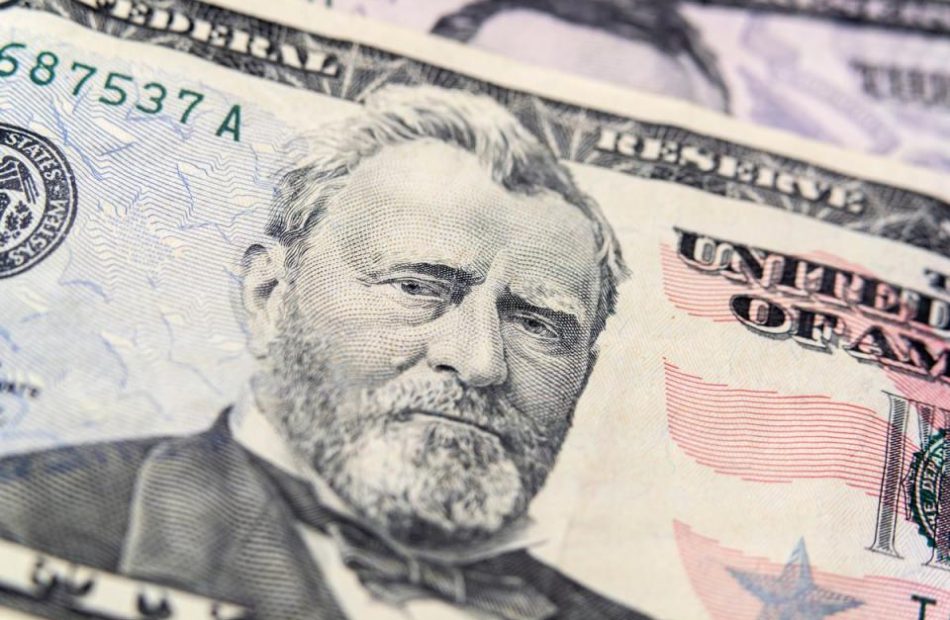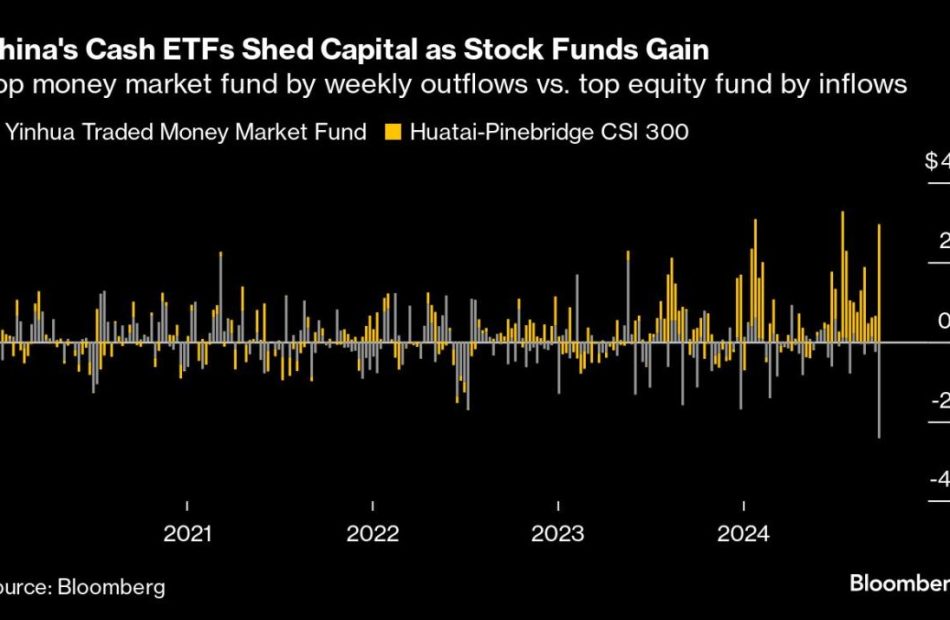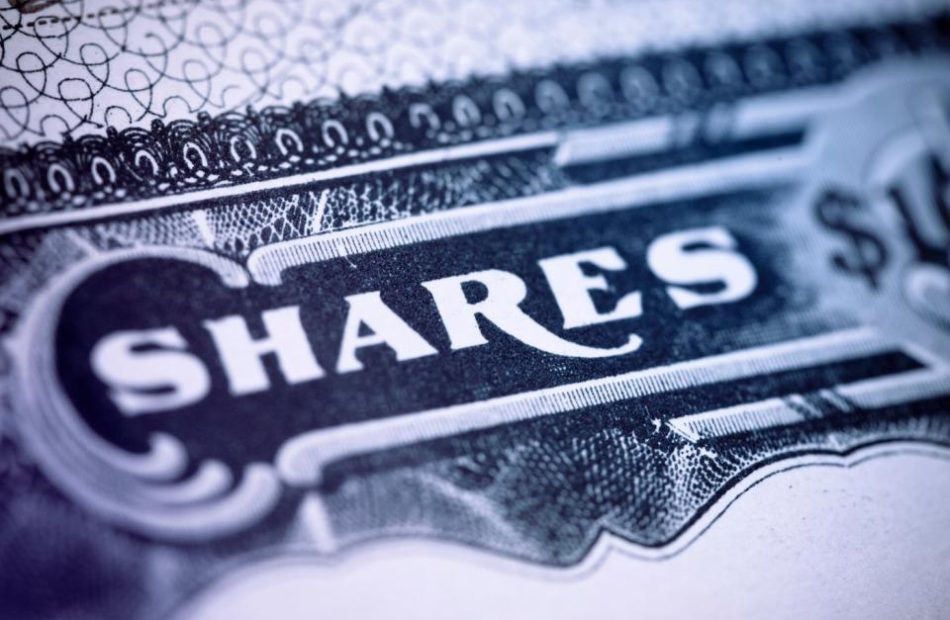Copper Way is now open to working families in Pierce County
SPANAWAY, Wash., Oct. 3, 2024 /PRNewswire/ — The Evergreen Impact Housing Fund (EIHF) is pleased to announce the opening of its third project, Copper Way in Spanaway. The development brings more than 250 affordable housing units to the South Sound area, marking the completion of EIHF’s first investment in Pierce County.
Copper Way features 256 garden-style affordable units and prioritizes apartments for families. More than 80% of Copper Way’s units have two or more bedrooms, including 80 three- and four-bedroom apartments built with families in mind. EIHF’s first-of-its-kind financing structure enables developers to create more family-sized units, working closely with the Washington State Housing Finance Commission to complement public funding.
“Copper Way is testament to the role innovative partnership can play in growing our region’s supply of affordable housing,” said Ken Takahashi, EIHF fund manager and Director of Social Impact Investing at Seattle Foundation. “We need creative, cross-sector solutions like EIHF to meet Washington’s growing need for housing. All our partners—the developer working with public and private sector funders—came together to make this project possible. We’re thrilled working families can now call Copper Way home.”
A consortium of Washington State credit unions contributed to the financing of Copper Way. BECU, Sound Credit Union, Verity Credit Union, and Washington State Employees Credit Union (WSECU) have been investors in EIHF since 2020.
“We are thrilled to celebrate the opening of Copper Way, a testament to the power of collaboration in addressing our region’s housing challenges,” said the network of credit unions in a joint statement. “This project demonstrates how innovative partnerships, including ours with the Seattle Foundation, can create tangible solutions for our communities. By providing affordable homes for 256 families in Pierce County, we’re investing in the future of our neighbors and the vitality of our region. As credit unions, we’re proud to support projects like Copper Way that make a real difference in people’s lives and contribute to a more equitable and thriving Puget Sound area.” A second credit-union supported project in Renton is expected to open to families in 2025.
Inland Group developed the Copper Way project, which broke ground in July 2023. “We all need to work together to create the policies and tools that make it possible to efficiently build and sustainably operate affordable housing, and Copper Way has been a great example of that collaboration,” said Charlie Anderson, President of the Inland Group. “Inland was proud to partner with the Housing Finance Commission, EIHF, the Metropolitan Development Council, and Pierce County so that we can help hundreds of families pursue their dreams. I especially want to thank Pierce County Councilmember Ryan Mello for his tireless work – without his vision and dedication this new community would not exist.” EIHF and Inland Group are also collaborating on another project in Kirkland, expected to open in 2026.
In an increasingly unaffordable region, all units at Copper Way will be aimed at individuals and families earning 60% of the area median income or less (or $69,480 income for a family of four), offering a 31-38% discount to current market rents. Copper Way is close to public transportation and essential stores, including a grocery store. The complex features a fully furnished clubhouse that holds the leasing office, resident lounge, business center, game room, and fitness center.
Representatives from Inland Group, the credit unions, Pierce County Council, Pierce County Human Services, and EIHF gathered for a grand opening event this morning. The celebration culminated with a ribbon-cutting ceremony and tours of the building. Copper Way is currently accepting resident applications. https://www.copperwayapts.com/
ABOUT EIHF:
Evergreen Impact Housing Fund (EIHF) is managed by the Seattle Foundation and is a multi-sector partnership, providing catalytic impact capital to build more affordable apartments in Washington State. EIHF’s investments are designed to ensure financial feasibility of projects, counteract market distortions, complement established financing for affordable housing, and advance positive outcomes for working families, especially for Black, Indigenous, and People of Color. Learn more at https://evergreenimpact.org/.
Contact:
Kennedy Gregory
360-980-4986
kennedy@minervastrategies.com
Caroline Hall
206-819-8749
caroline@minervastrategies.com
![]() View original content to download multimedia:https://www.prnewswire.com/news-releases/evergreen-impact-housing-fund-and-inland-group-announce-opening-of-spanaway-affordable-housing-apartments-302266217.html
View original content to download multimedia:https://www.prnewswire.com/news-releases/evergreen-impact-housing-fund-and-inland-group-announce-opening-of-spanaway-affordable-housing-apartments-302266217.html
SOURCE Seattle Foundation
Market News and Data brought to you by Benzinga APIs
© 2024 Benzinga.com. Benzinga does not provide investment advice. All rights reserved.


















